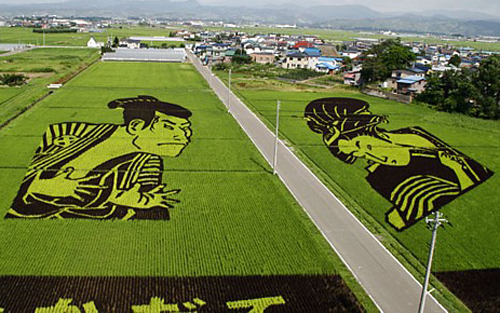Tanbo is an art form of the cherry blossom country, in which Japanese people grow rice of different colors to create giant paintings in the fields.

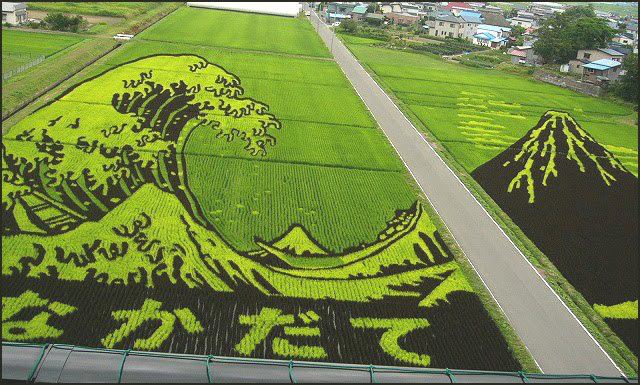
The Tanbo art movement began in 1993 when the village of Inakadate, 600 miles north of Tokyo, was looking for a way to revive the local economy. They wanted to invest in tourism and attract visitors. And so the Tanbo rice fields were born.

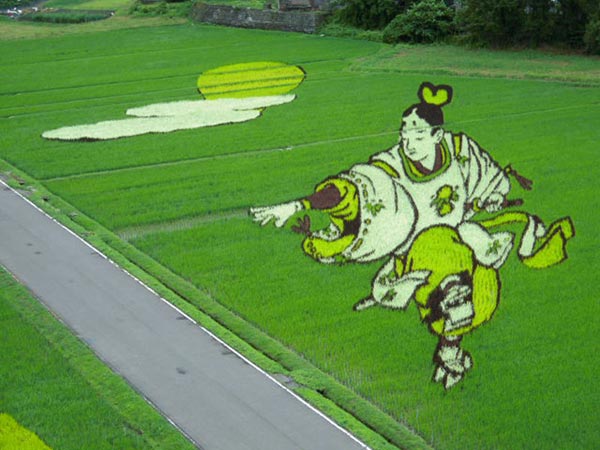
Every April, villagers gather and decide which type of rice to plant that year. Along with the crops, they also draw computer-generated Tanbo drawings to know exactly which color crop will be planted where.
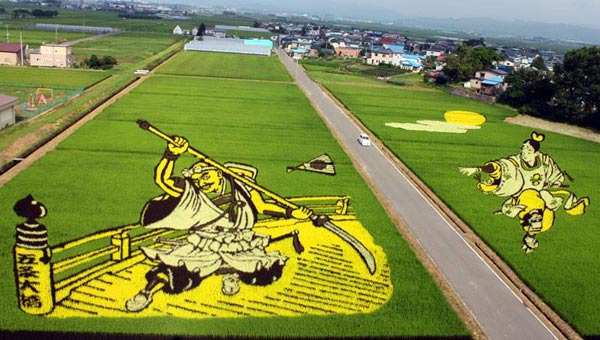
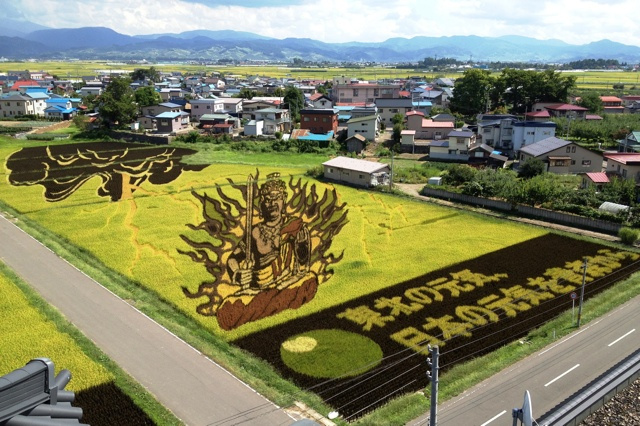
In 2007, 700 people gathered in Inakadate to plant rice to match the sketch. In this village, the area of rice fields used for Tanbo art is up to 15,000 square meters.

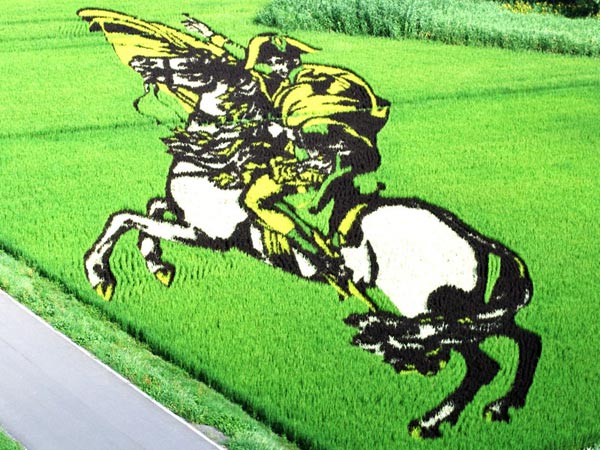
The ideal time to visit these masterpieces of rice field art is in September, when the rice is ripe and in the right color, creating impressive paintings. Many high-rise viewing towers have been built to serve the purpose of admiring the giant masterpieces on the fields in Japan.
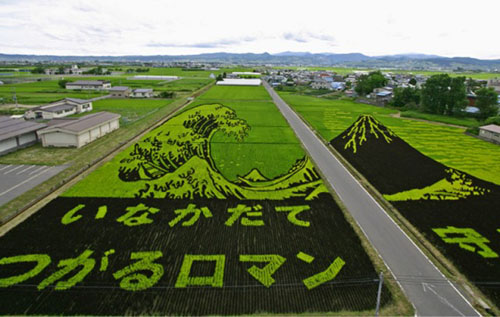
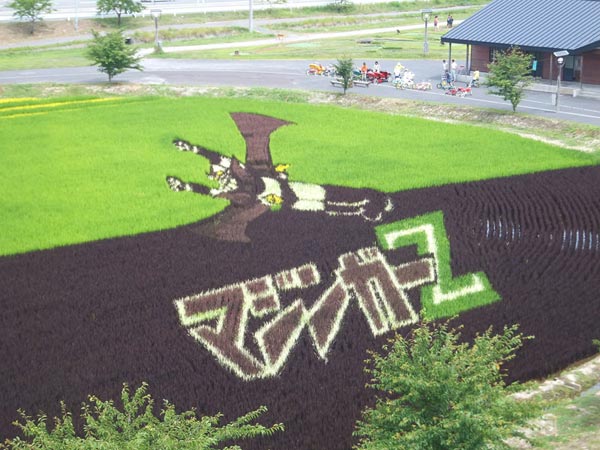
There are four varieties of rice, including both heirloom and modern varieties, grown in the fields, the most prominent of which is the beautiful purple and yellow kodaimai rice.
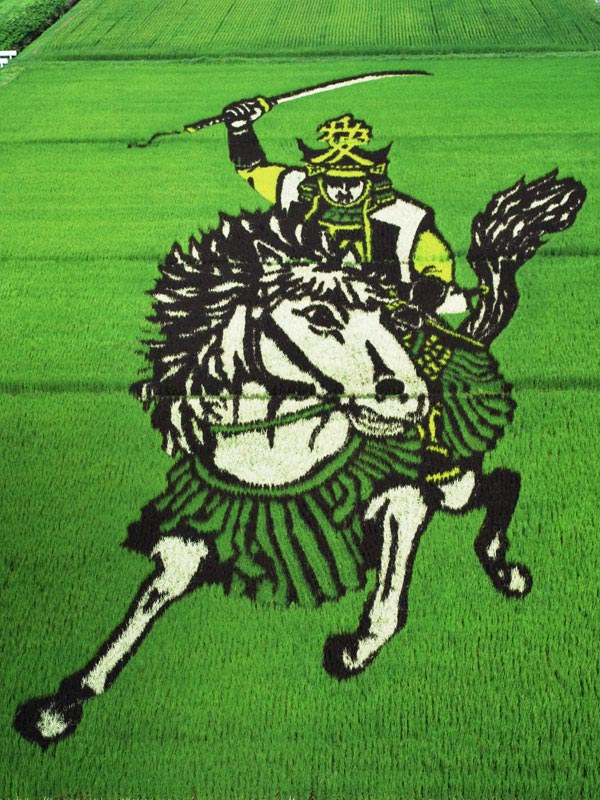
Following the example of Inakadate village, other villages also began to apply Tanbo art such as Yonezama, Yamagata... Some rice planting competitions to create masterpiece paintings were even held in the villages, attracting many tourists.





